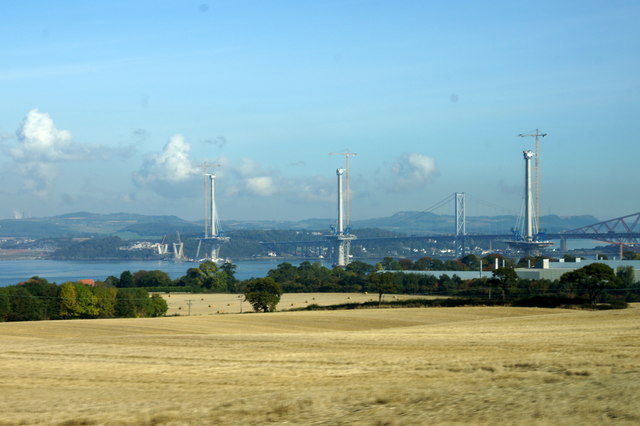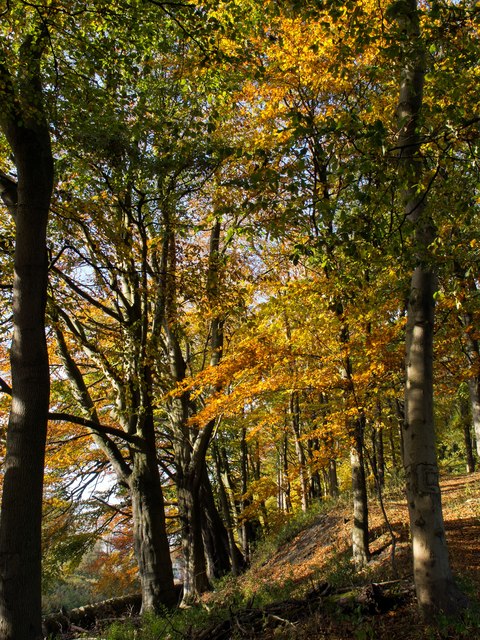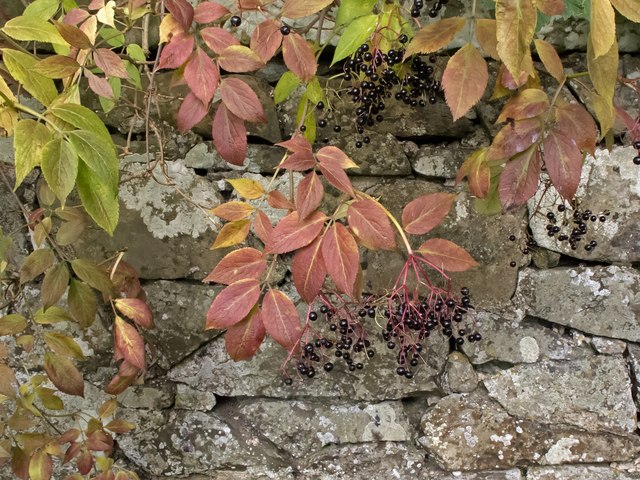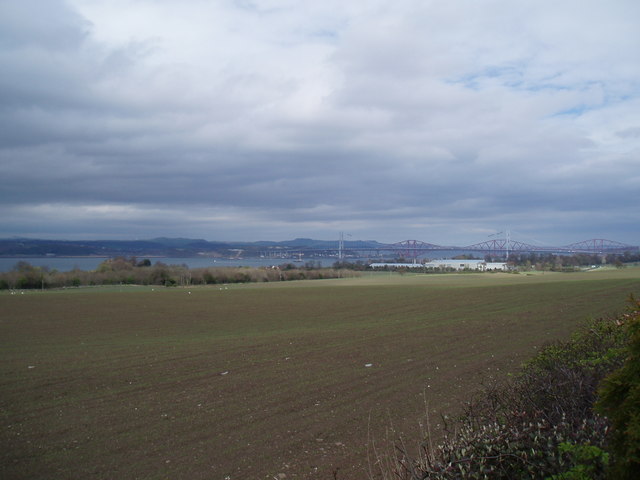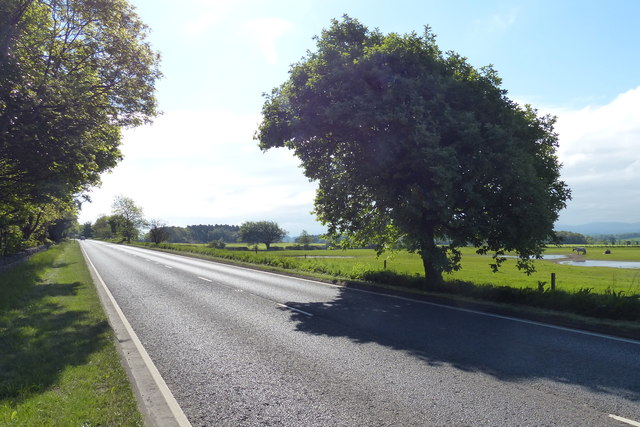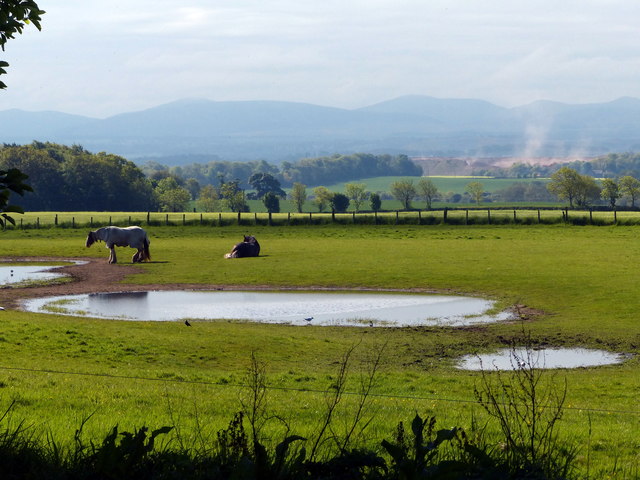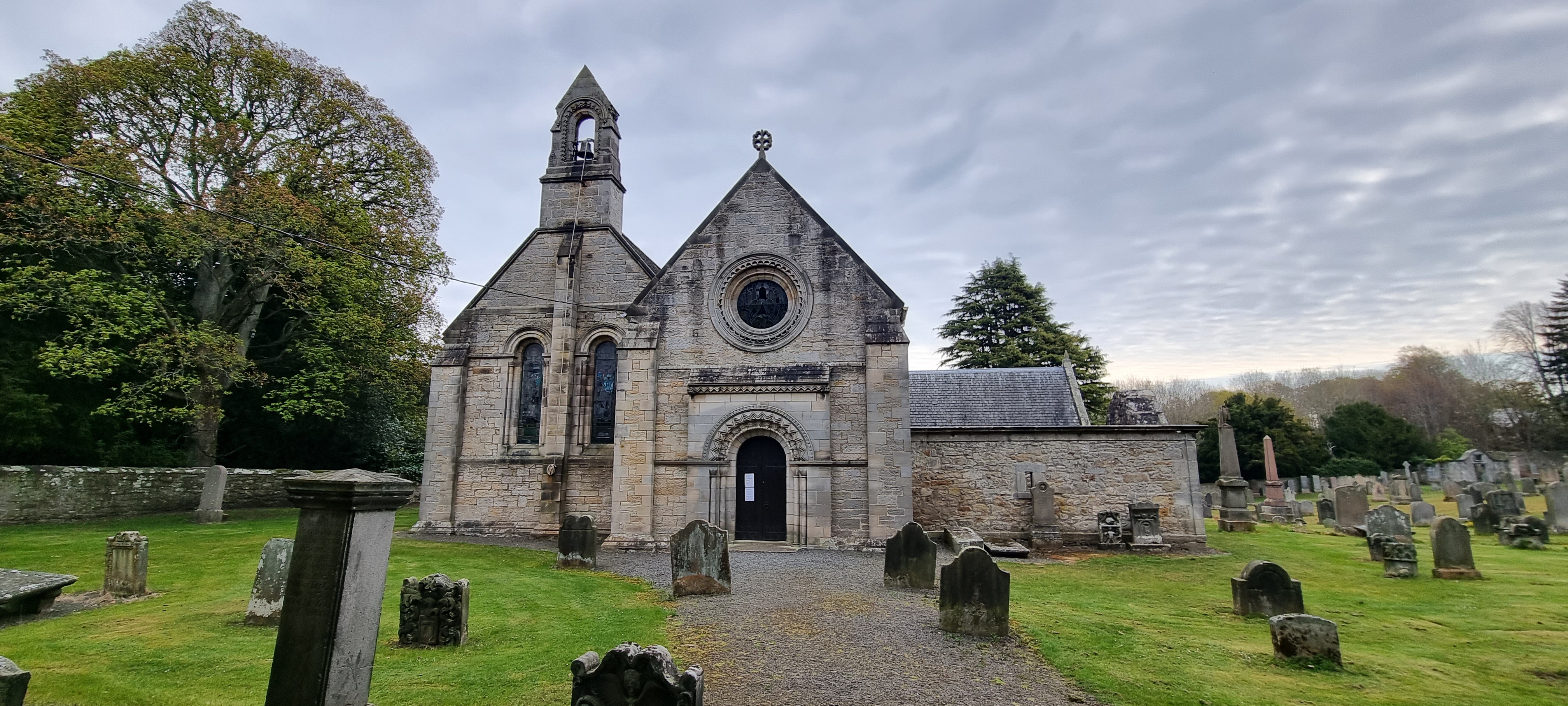Bailies Muir
Wood, Forest in West Lothian
Scotland
Bailies Muir

Bailies Muir is a picturesque wood situated in West Lothian, Scotland. Covering an area of approximately 100 acres, it is a well-known natural haven that attracts both locals and tourists alike. The wood is located just outside the town of Livingston and is easily accessible by car or public transportation.
Bailies Muir is characterized by its diverse range of tree species, including oak, birch, and pine. The wood's dense canopy provides a cool and shaded environment, perfect for leisurely walks and picnics during the summer months. The forest floor is adorned with a variety of wildflowers, adding bursts of color to the landscape.
The wood is home to a wide array of wildlife, making it a popular spot for nature enthusiasts and birdwatchers. Visitors may be lucky enough to spot red squirrels, roe deer, and a variety of bird species, including woodpeckers and owls. The tranquil atmosphere of Bailies Muir makes it an ideal place for those seeking solace and a break from the hustle and bustle of everyday life.
There are several well-maintained walking trails that wind through the wood, catering to both casual strollers and more adventurous hikers. These paths offer visitors the opportunity to explore the wood at their own pace, taking in the stunning views and enjoying the peaceful ambiance.
Overall, Bailies Muir is a hidden gem in West Lothian, offering visitors a chance to connect with nature and experience the beauty of the Scottish countryside. Whether it's a leisurely stroll or a day of birdwatching, this wood has something to offer for everyone.
If you have any feedback on the listing, please let us know in the comments section below.
Bailies Muir Images
Images are sourced within 2km of 55.975863/-3.4621745 or Grid Reference NT0876. Thanks to Geograph Open Source API. All images are credited.
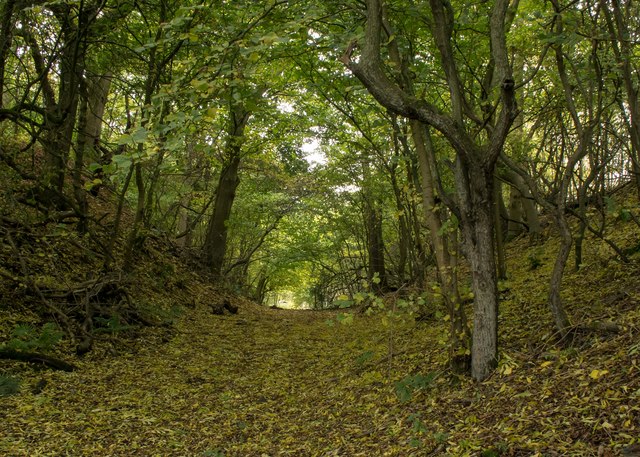

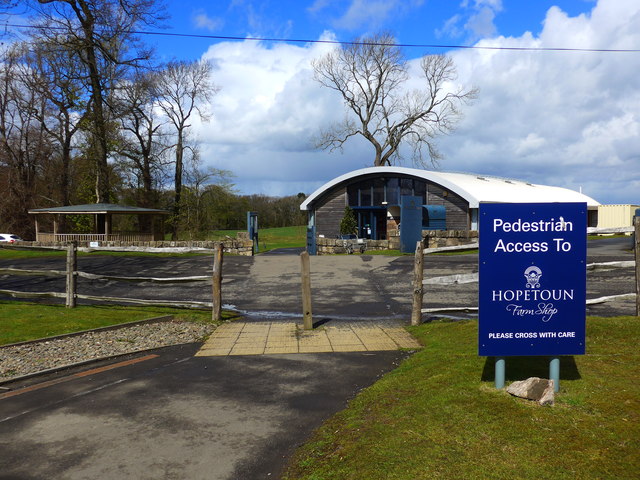



Bailies Muir is located at Grid Ref: NT0876 (Lat: 55.975863, Lng: -3.4621745)
Unitary Authority: West Lothian
Police Authority: The Lothians and Scottish Borders
What 3 Words
///forgotten.undivided.indulgent. Near Winchburgh, West Lothian
Nearby Locations
Related Wikis
Duntarvie Castle
Duntarvie Castle is a ruined Scots Renaissance house in West Lothian, Scotland. It is located 1.5 kilometres (0.93 mi) north of Winchburgh and 9 kilometres...
Newton, West Lothian
Newton or (The Newton) is a small village in the county of West Lothian, Scotland. It lies on the A904 trunk road 2.6 miles (4.2 km) west of South Queensferry...
Winchburgh railway station
Winchburgh railway station served the village of Winchburgh, West Lothian, Scotland from 1842 to 1930 on the Edinburgh and Glasgow Railway. == History... ==
Winchburgh
Winchburgh is a village in the council area of West Lothian, Scotland. It is located approximately 10 miles (16 km) west of the city-centre of Edinburgh...
Winchburgh rail crash
The Winchburgh rail crash was a multi-train rail crash that occurred on Monday 13 October 1862, 1+1⁄2 miles (2.4 km) northwest of Winchburgh in Linlithgowshire...
Winchburgh Academy
Winchburgh Academy is a secondary level school, in Winchburgh, West Lothian, Scotland. The school is adjacent to B9080 road which is to the west of Winchburgh...
Abercorn
Abercorn (Gaelic: Obar Chùirnidh, Old English: Æbbercurnig) is a village and civil parish in West Lothian, Scotland. Close to the south coast of the Firth...
Hopetoun House
Hopetoun House is a country house near South Queensferry owned by the Hopetoun House Preservation Trust, a charity established in 1974 to preserve the...
Nearby Amenities
Located within 500m of 55.975863,-3.4621745Have you been to Bailies Muir?
Leave your review of Bailies Muir below (or comments, questions and feedback).

